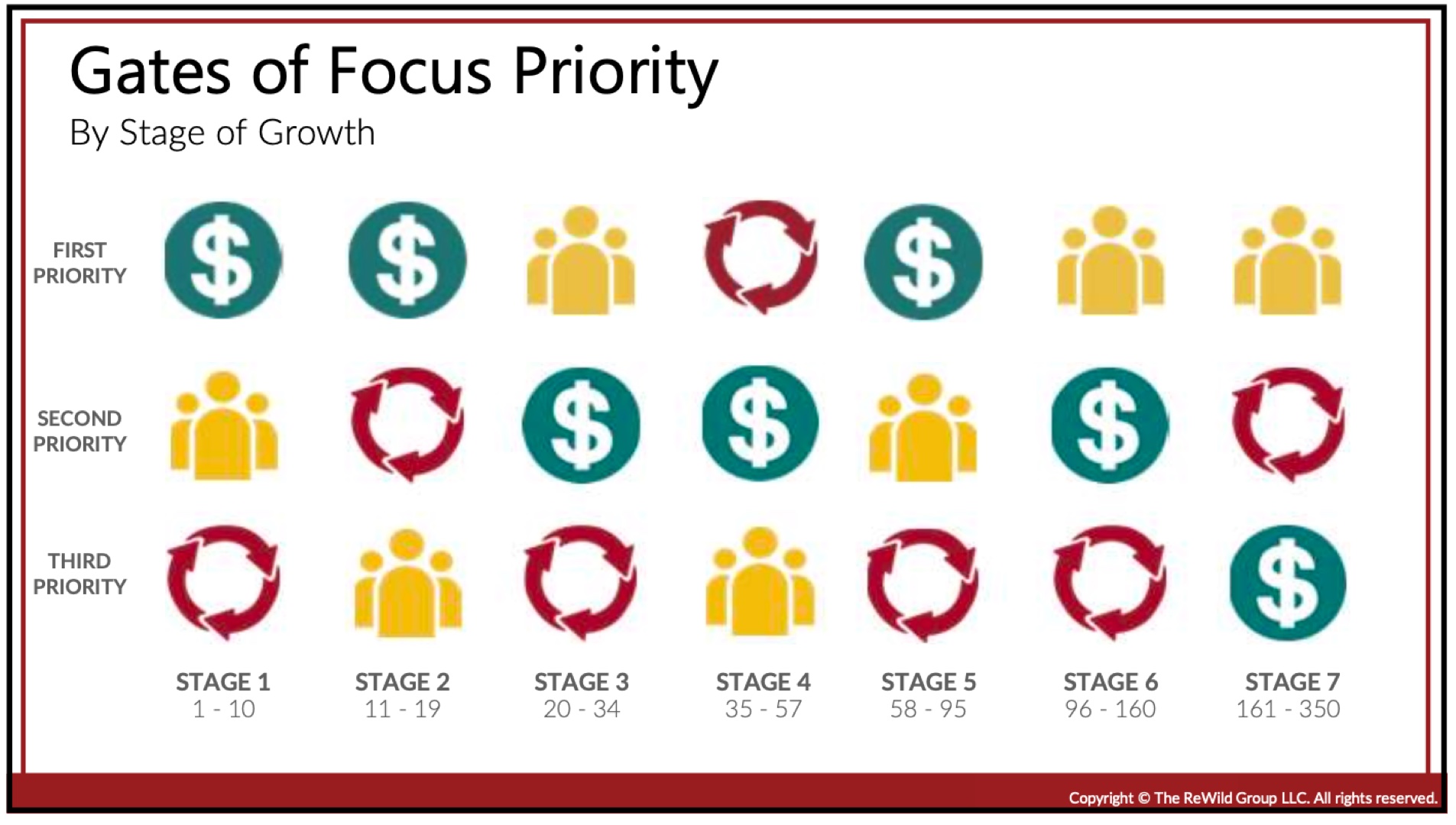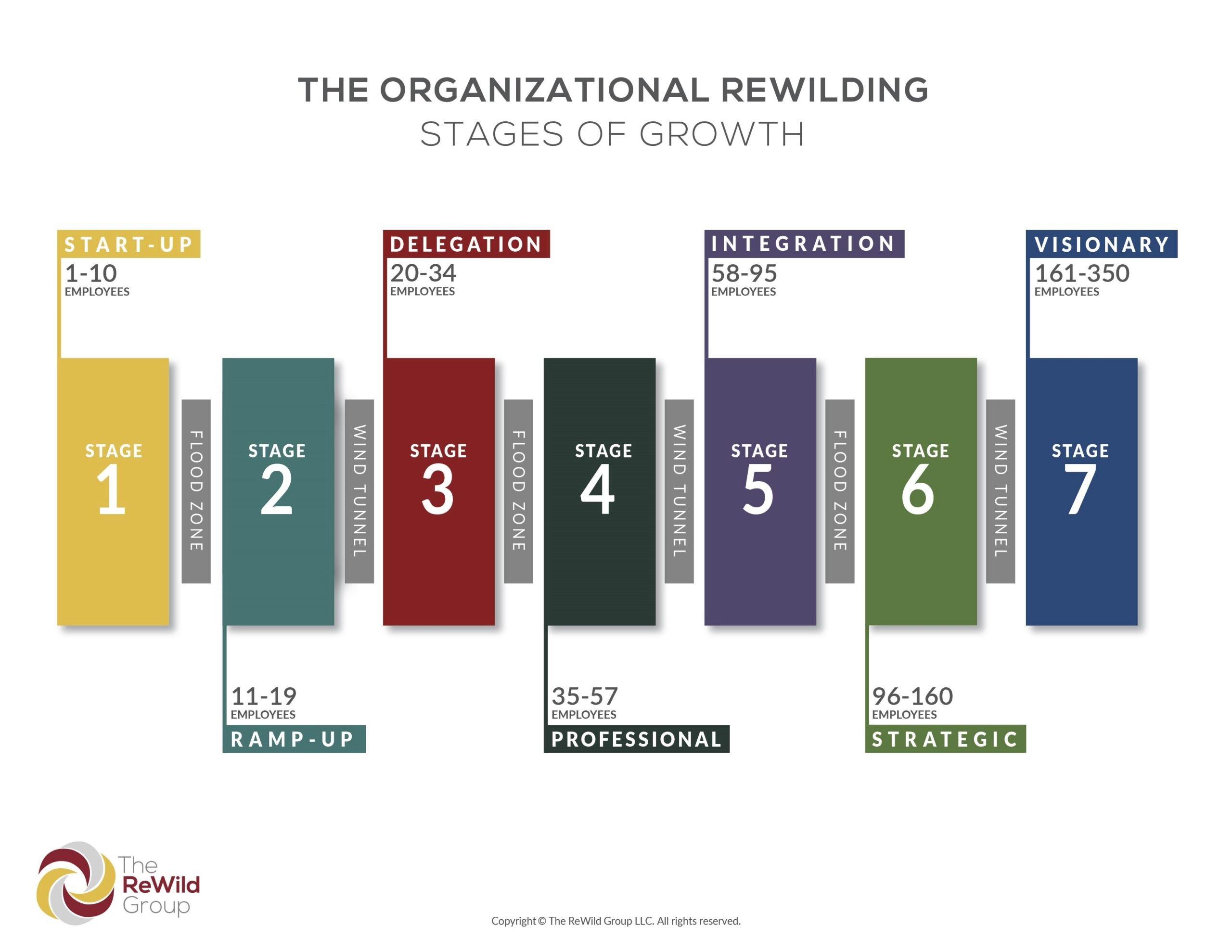
An individual contributor may be justified in asking, “What’s in it for me?†For anyone in sales, consulting, teaching, supervision, service, management or leadership, that’s a bad play. If you are in a position of influencing others, then you will do better understanding, “What’s in it for them?â€
All of us have experience being a child with a parent. For the most part, a child is all about themselves. They want food, entertainment, sleep, and love. Nearly all parents are all about their children—willing to do whatever it takes to keep them safe and healthy, love them. They are willing to help them compete in baseball, soccer, gymnastics, dance, or whatever it is the child expresses a passion to do. At the same time, the child needs to learn from the parent important lessons in discipline, family collaboration, executing chores, behaving appropriately in various circumstances, speaking properly, and much more. I get to see this first-hand as my 3-year-old grandson has passed the terrible twos, but is starting to express himself more through the troublesome threes.
I am NOT about to suggest that our colleagues are children. They ARE individuals with different passions, needs, and interests. One may want constant positive motivation while another wants everyone to play by the rules. One wants to be in charge and another wants to constantly change things up to either make them more interesting or improve them. One wants more money to spend. One wants more money to save for the future. One wants a better computer while another is satisfied with a better chair. It’s hard enough for a director of engineering dealing internally with people you would think are similar in attitude—or a sales manager whom you would think had all enthusiastic, outgoing people motivated to earn the most they can. For the president/CEO, it’s much harder, as they have to deal with people trained to deal with details of numbers, words in contracts, following quality processes, innovative thinking, talkers and doers. Have you heard the term, “herding cats?â€
Some solve this with the platinum rule versus the golden rule (treat others the way they want to be treated rather than treat others the way you want to be treated). I suggest the golden rule still holds. Our parents quickly learn that we are different and God knows we are different. We want to be treated as individuals, so the golden rule recognizes that others also want to be treated as the individuals they are.
You cannot just tell people what to do and have a one-size-fits-all approach to “selling†them on what needs to be done. The best approach is to build a level of trust with each of them by ASKing them, always seeking knowledge. Then you can better understand what motivates them and devise an approach to working with them that gets them to BUY in to what to do going forward.





